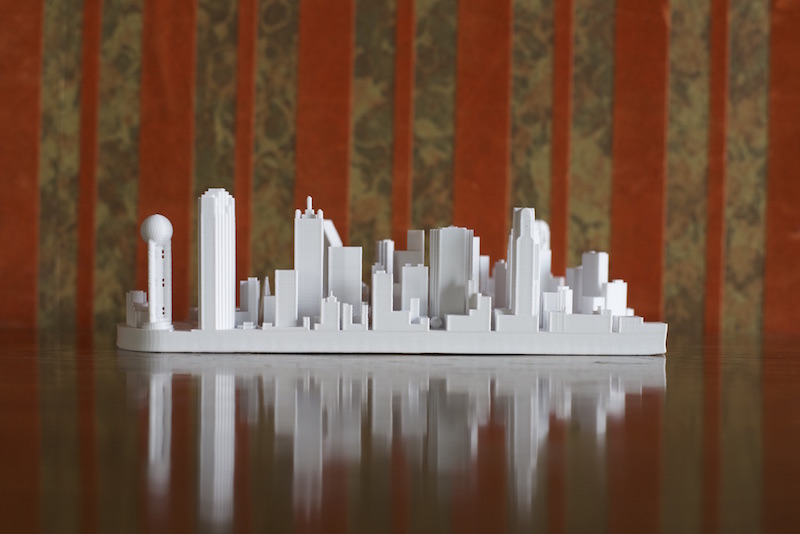Over the past decade, the rapid pace of development in Uptown, the rebound of downtown Dallas, the spread of infill development in near-center neighborhoods, and the popularity of spots like Bishop Arts and Trinity Groves have projected the impression that Dallas is experiencing an urban boom.
It is a pattern of growth that is familiar throughout the country. We have read about how millennials want to live in cities, and how urban, walking places tend to attract younger generations, who are driving less. The cities of the future will have to become more dense and walkable to compete in the future, professional urban boosters tell us. And as a result, the New York Times reports, housing prices are climbing faster in urban neighborhoods than in the suburbs, and those neighborhoods are younger and richer than they have ever been, with residents who are more educated and earn higher wages.
But do these trends indicate a resurgence in America’s urban cities? Or, are they indicative of an altogether different trend, one that doesn’t fit neatly into the popular narrative of the slow march of re-urbanization and the abandonment of the 20th century sprawl model of development?
The same NY Times article finds that despite of the rising cost of living in urban centers, density has decreased — not increased — in many U.S. cities, including Dallas. From 2010 to 2016, Dallas became 2.8 percent less dense. Further south, Austin and San Antonio led the rates of “new sprawl,” becoming 5 percent and 5.3 percent less dense over the same time period.
So what’s going on?
Well, as metro centers have become more expensive, suburbs have also been growing faster in both population and jobs. As a result, residents are left with limited choices. If you can’t afford to move into the expensive “new urban” cities, you are forced to move to the affordable burbs. What we are witnessing is not a re-urbanization, but a concentration of wealth:
This combination of faster population growth in outlying areas and bigger price increase in cities points to limited housing supply as a curb on urban growth, pushing people out to the suburbs. It’s a reminder that where people live reflects not only what they want — but also what’s available and what it costs.





